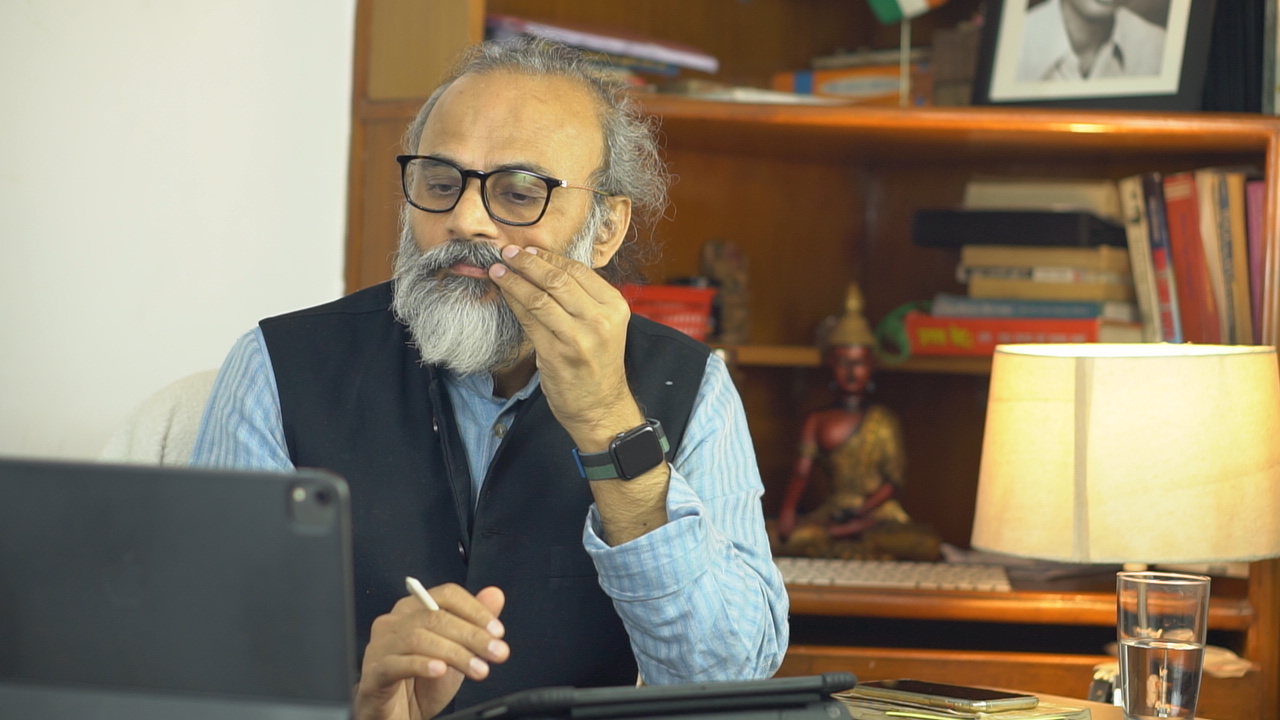
There is More Disease in Being Dynamic
6 months ago By Yogi AnoopThere is More Disease in Being Dynamic
There is motion in the eyes, but what is seeing through the eyes cannot be seen outside through those very eyes. The “I” can only see the external world through the eyes, but it cannot see itself as a visible object through those same eyes. Here, the discussion is related to the movement of the eyes, and the effects and adverse consequences arising from it shall be discussed.
That which is looking out through the eyes has no motion, but the eyes through which it sees—that is, the medium—do have motion. If the eyes begin to move with excessive speed, it can cause problems in perceiving any scene.
Just as if the hands were to shake excessively, it would not be possible to hold anything. This can be easily understood through a practical example—when a person suffers from a tremor disorder, not only do they find it difficult to hold objects, but also face difficulties in walking.
Similarly, if the eyes have more vibration and motion than necessary, then they are unable to fully see and comprehend any object or scene.
That is why, in spiritual and meditative practice, I speak about stabilizing the movement of the eyes. Here, ‘stable’ does not mean total immobility, but rather that the motion becomes so slow that it causes no obstruction to concentration.
It must also be understood here that the “I” is stable in itself—possibly that is why it tries to stabilize all the surrounding elements, so that it may become aware of its own stillness, to experience stability.
Because it becomes so troubled by the motion of the eyes that it starts to feel itself unstable, and even begins to perceive itself as inherently in motion.
I can say that this is its fundamental ailment—this ignorance is the root cause of its fundamental problem.
Since the “I” is inherently stable, unchanging, and by nature remains in a state free from modification—but due to ignorance and being entangled in circumstances, it begins to believe itself to be in motion—therefore extremely rapid changes begin to occur in its eyes. But note carefully, that “I” never forgets its essential nature. That is why it worships those external forms that appear stable—such as mountains, trees, and its chosen deity, i.e., God. It attempts a compromise by visualizing that immutable form of God in its mind.
The only truth behind this is that the “I”, in order to become aware of its own stillness, worships only those scenes which appear stable to the eyes. Through this perception, stability begins to manifest in its own eyes too, which enables the “I” to experience the awareness of its inherent stillness.
This very experience of inner stability makes a person truly healthy (situated in the self) and leads to self-realization.
And simultaneously, this awareness of stability also helps in stabilizing the unnecessary motion and restlessness in all eyes.
Recent Blog
Copyright - by Yogi Anoop Academy
